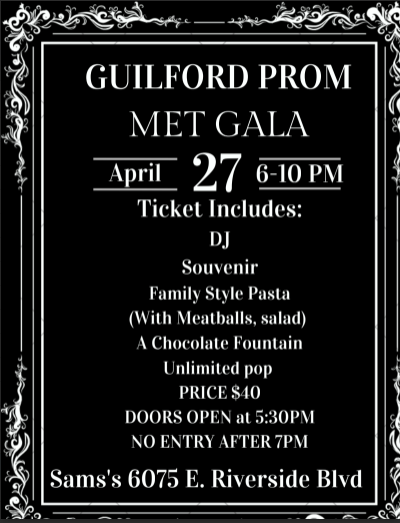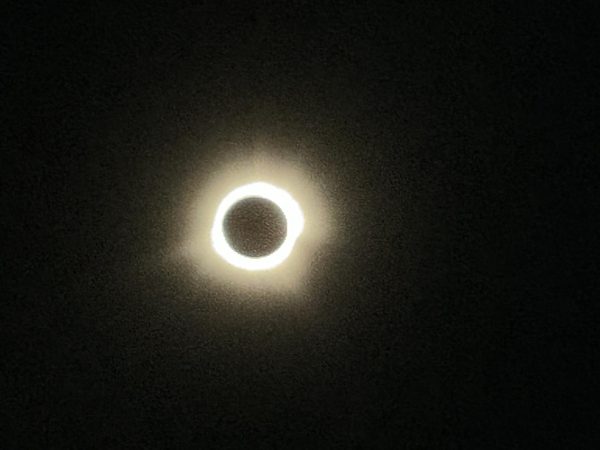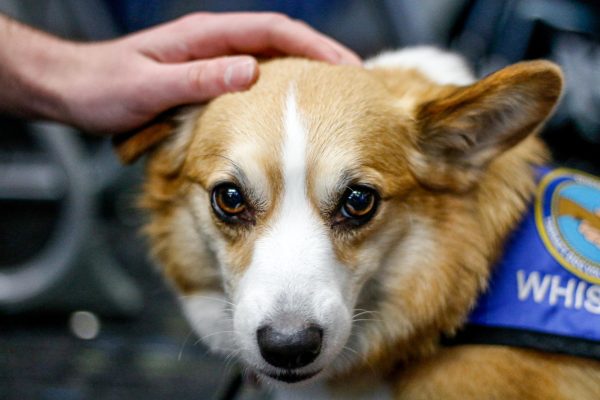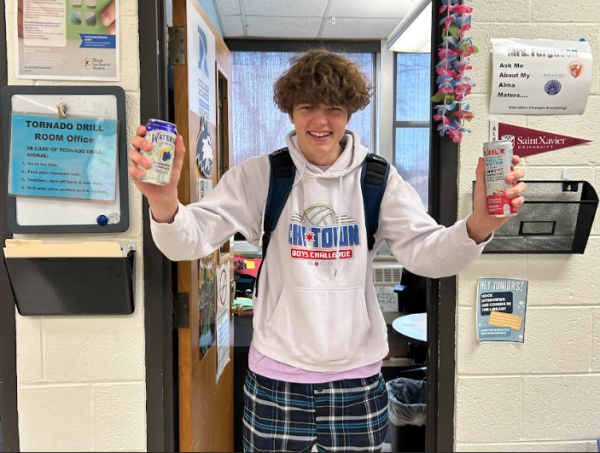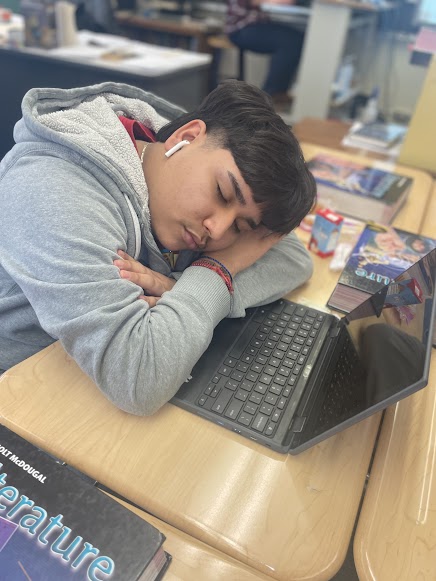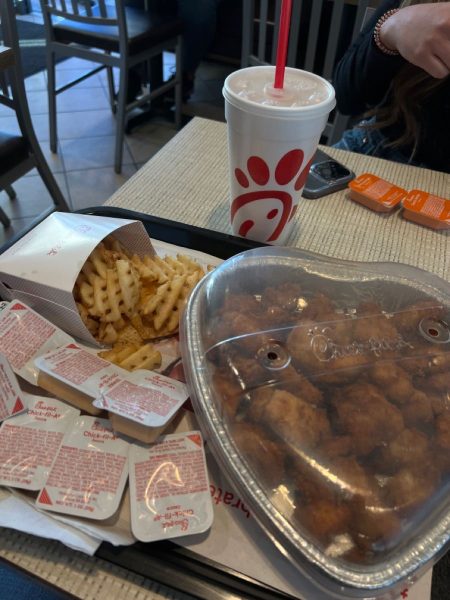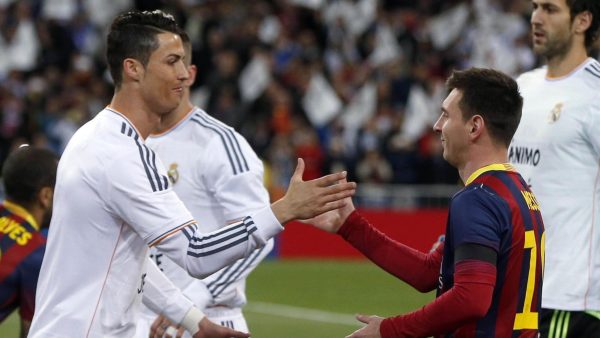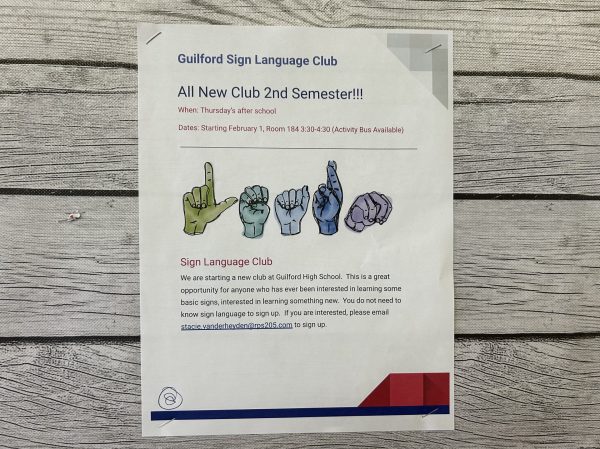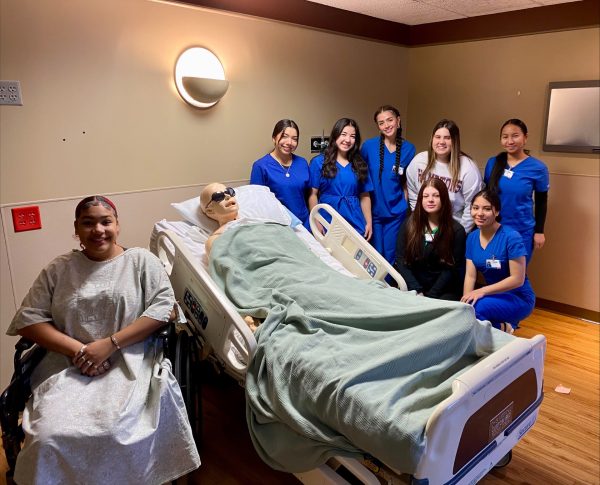Spanish Classes Celebrate Three Kings Day
Top row: Sara Dennis and Ashley Smolenski Bottom row: Reagan Mitchell and Jizela Ortiz. These freshman students react with smiles on their faces when they receive the baby Jesus.
After Christmas and New Year’s passed, people may think that the holidays were over for the season. However, the Christmas season lasts longer for Latinos. The Epiphany, known as the “Three Kings Day” (El Dia de Los Tres Reyes Magos), is commonly celebrated on January 6, although some churches and people recognize the holiday on different days. The holiday revolves around the adoration of the three wise men who visited baby Jesus after his birth and baptism. The three kings are almost like a second Santa for most kids.
“My family and I celebrate Three Kings every January 6 as a family tradition,” said Ahtziri Pina Martiez, sophomore.
Hispanic communities often serve Rosca de Reyes on the holiday. “Rosca” means wreath and “Reyes” means kings. It is a circular fruit cake that holds inside a small doll of baby Jesus. Whoever finds it in their slice throws a party on Candelemas February 2, the actual day when Christmas is officially over and all decorations are put away. The doll figure symbolizes the hiding of the infant Jesus from King Herod’s troops. Traditionally, roscas are adorned with dried and candied fruits to symbolize the many jewels that a crown would have.
“I have gotten the baby Jesus on my slice of rosca,” said Rene Velarde Martinez , junior. “It was a great surprise because I felt like that was a sign of good things were gonna happen in my life this 2020. The fact of throwing a party also came to my mind which I was also very nervous about.”
It is said that the three kings found the divine child by following a star across the desert for twelve days to Bethlehem, which is where one of the most famous Christmas carols, “The Twelve Days of Christmas,” got its name.
Many families and kids leave their shoes out with a wish list, a box of grass or hay and lastly a bowl of water just as children in America would for Santa.
“As a little kid, I always thought that by putting your shoes by the kings the night before, I would receive new shoes, but all I received was clothes, candy, and money instead,” said Dalia Rodriguez, senior.
Students did an activity in Mrs. Maria Robles and Mrs. Amanda Avery´s Spanish classes that involved cutting an actual Rosca de Reyes on Monday, January 6, 2020.
“Part of our Foreign Language curriculum is to teach and expose students to the customs and traditions of the people of the target language.The rosca de reyes is a pastry or sweet bread that is eaten to celebrate Epiphany in Mexico. Students are always excited to be able to participate in these types of activities. It makes learning all the more fun and exciting!” said Mrs. Maria Robles, Spanish teacher.
For students, it was something new and interesting at the same time.
“When I saw my Spanish teacher Mrs. Robles take out the rosca, I was surprised and kind of confused,” said Anthony Rojas, sophomore. “Once we all got our little piece of rosca, which I actually got the baby Jesus, we started talking more about it, which I thought was very nice to learn and know about.”




